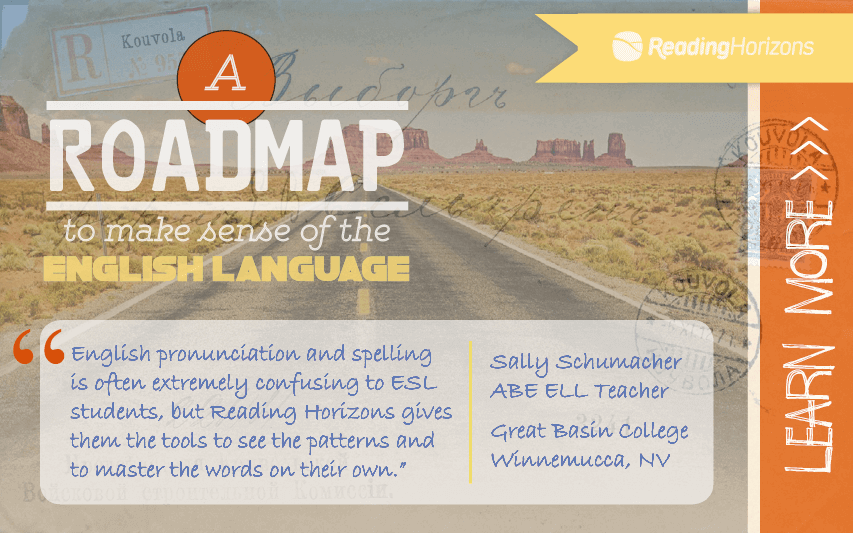Using Theme-based Projects to Motivate Reluctant ESL High School Students
By Guest Writer, Dr. Eugenia Krimmel
In the inner city high school
Theme-Based Projects
One thing I found effective was the use of theme-based projects. Theme-based projects can be an effective way to help ESL students gain reading comprehension. Paper and pencil

Results
When I shifted from the antiquated ESL book series to theme-based project units, all my ELLs decided to stay in school. One 17-year-old, ESL 2 student even told me he comes to school just for my class.
Here are some ways you can use this approach in your classroom:
- I started with an art theme I called “Self-Portrait” in which we studied adjectives, artists who draw
self-portraits and read short biographies. I pulled non-fiction reading materials from the internet and library books. The students created their own self-portraits, wrote their biographies, and presented these in class. The students created their self-portraits with only art supplies,not computers, although we used computers through much of the lessons. - Other theme-based projects I used included newscasts (local, national, global), animal expert books, save the ecosystem, inventions that changed the world, and numerous others. You can be inspired by the stories or topics you already use in class. What brought excitement to the highly motivated and less motivated students was incorporating multimedia into the lessons and projects. After reading a text, gathering information, and/or researching a topic, we studied the meaning of
keywords . We worked on the pronunciation/decoding of a word, part of speech in the reading, lastly we focused on the contextual meaning. If a word had multiple meanings, we would explore the others briefly. - At the end of each thematic unit, the students had a project to complete from the many preceding lessons. For example, we videotaped our newscast complete with maps, signs, and nameplates on the desk. The animal experts and save the ecosystem projects both used Glogster to create online posters. The students were highly motivated by the visual media aspects of Glogster; they added text, pictures and video clips to their electronic posters. The unit on inventions culminated in building simple machines using
levees and pulls, etc.
Surprisingly to me, the students did not grumble when I asked them to read a text or story because they knew it was leading to a project. Some of these students would not have learned most of the vocabulary and conceptual knowledge without enhanced motivation. The projects were the “carrots” of hard work instead of the “sticks” of inactivity. My students always had a test after the projects were completed, and probably not surprising, their scores improved greatly!
The Importance of Teaching Decoding Strategies to ESL Students
One problem I encountered was that many of my ELLs did not know the terms they were looking up in their home language. Thus, in order to help them become proficient in the English language, I also had to take the time to teach my students explicit phonics strategies so they could pronounce and understand the terms they didn’t know in their native language.
What have you found helps motivate ESL students
Learn about an ELL reading program that combines teacher and software-led to provide data-driven reading instruction to ELL students—by responding to data and targeting specific student needs, students see the progress that keeps them motivated.
2 Comments

pnr status said
I am a high school teacher.You are right students these days love to see pictures and videos and learn a lot from them and also remember them easily.They hate listening to our lectures.The problem is it's difficult to finish portions and also we lack materials.I hope it improves in the coming years.

paola said
I completely agree with your view of learning. Students these days need something real, and purposeful to work with, and projects is perfect for achieving this. I've tried to work with projects with my students and they are much more motivated than working with a coursebook or activities. Also I found some web sites that connect students around the world very useful to work collaborativelly in a project
